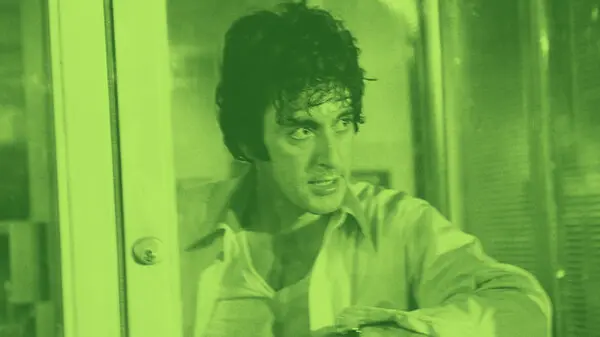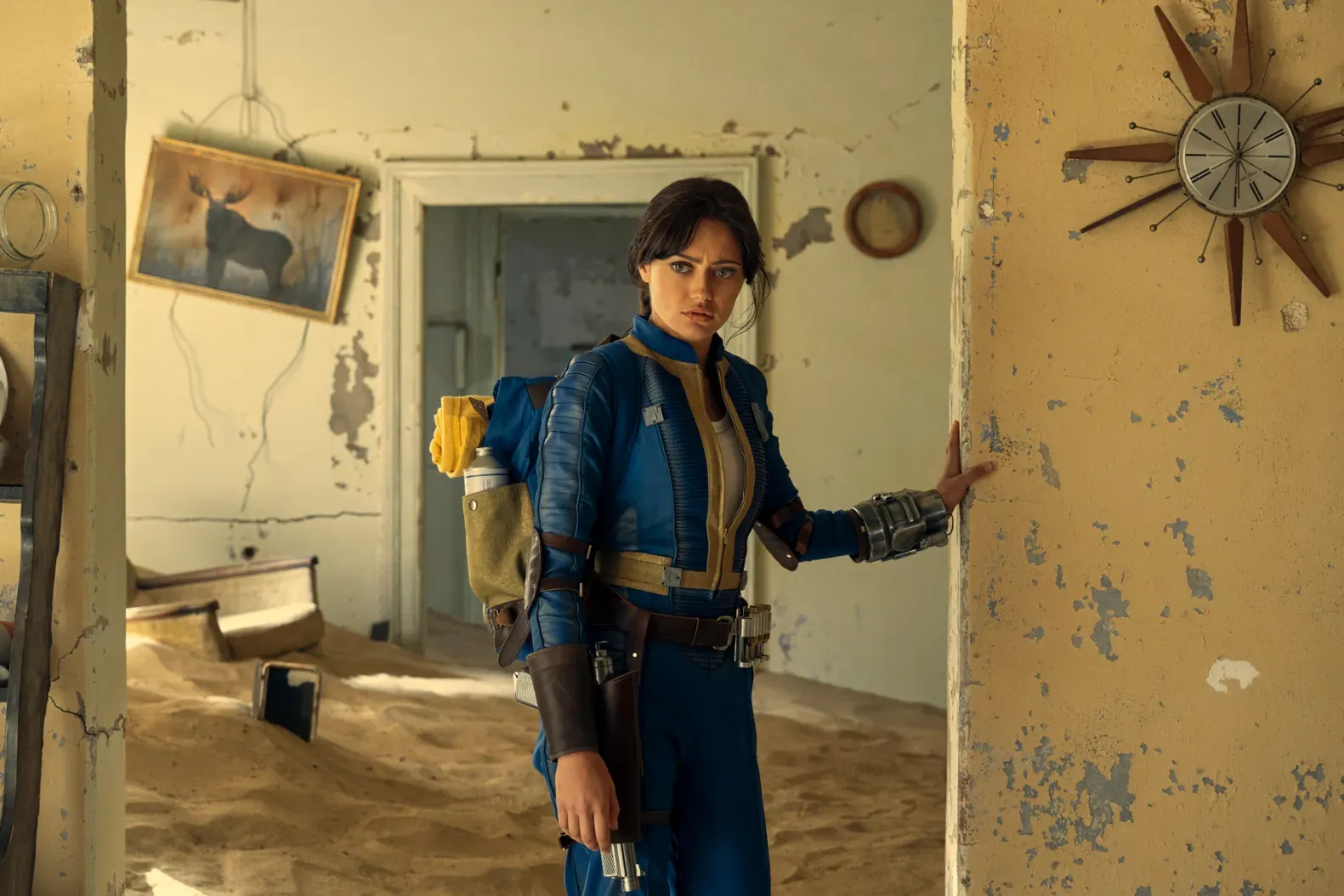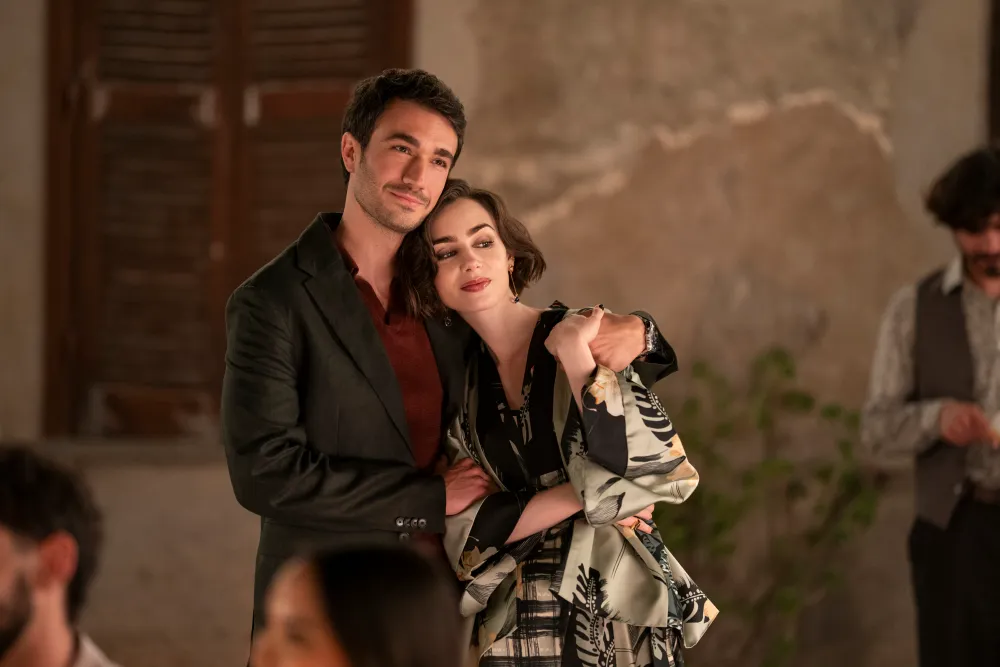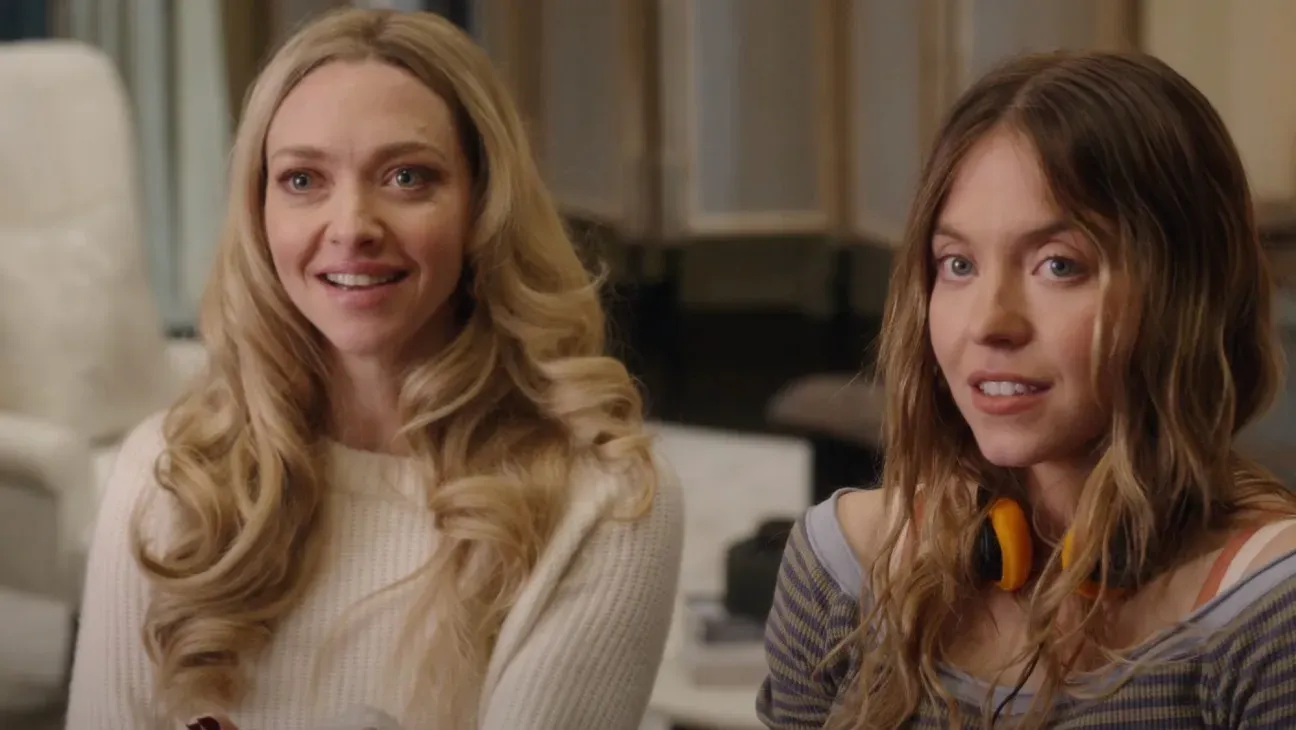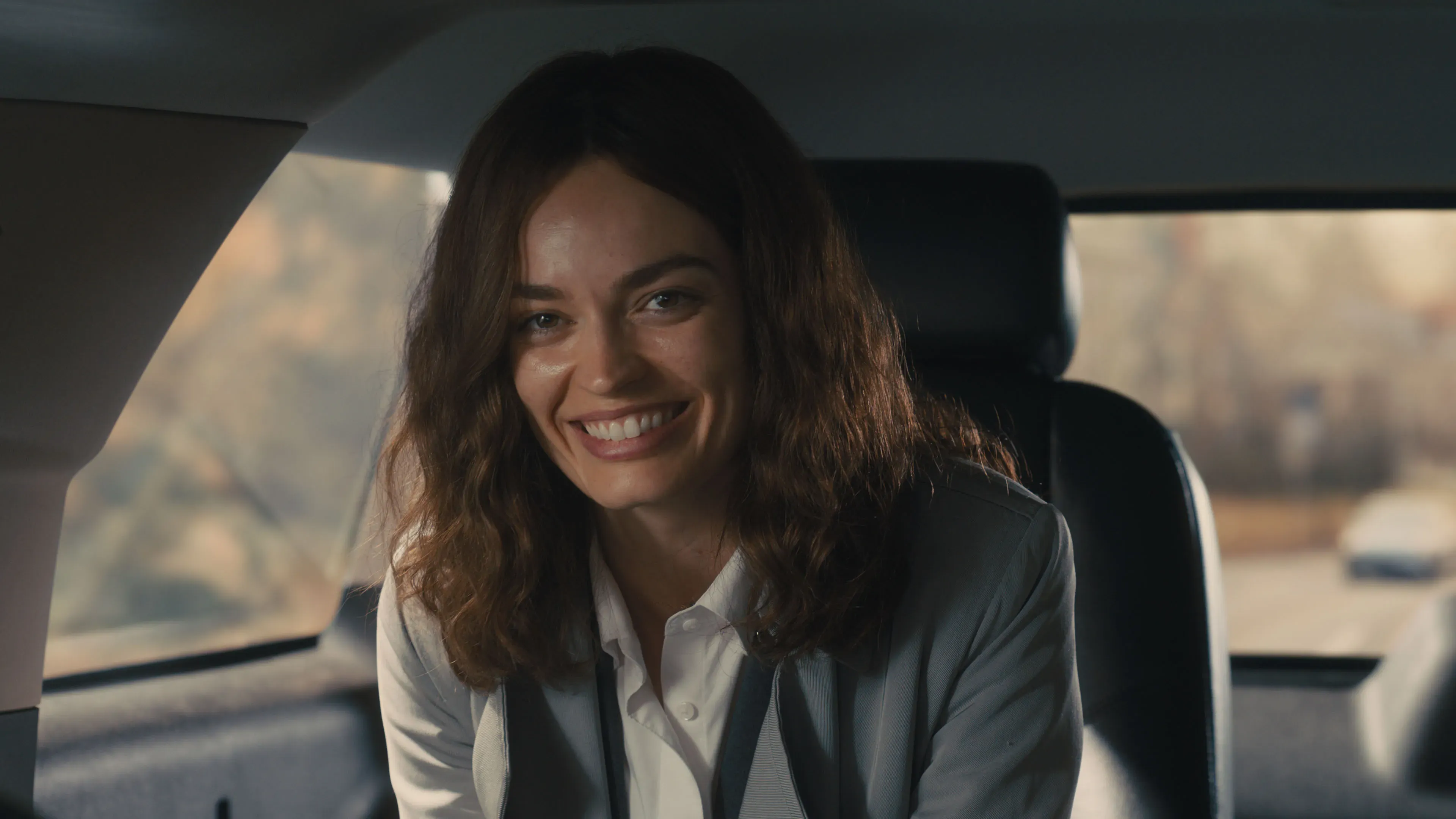
American Symphony (2023) - Movie Review
- Dec 6, 2023
In the midst of Matthew Heineman’s profound film, "American Symphony," there's an undeniably stirring moment. The prolific Jon Batiste graces the stage to dedicate his performance to "Suleika." He pauses, the emotion evident in his face, and then masterfully transitions his feelings into his piano play. This scene embodies the central theme of this film: art as the means of expressing those profound human emotions that can’t be put into words.
Batiste, the band leader for Stephen Colbert and Oscar winner for "Soul," found his life at the mercy of sharp contrasts in early 2022. The same day he discovered he was nominated for 11 Grammy Awards, he learned about the resurgence of his partner Suleika Jaouad’s dormant cancer. Amid these pivotal episodes, Batiste embarked on his most ambitious artistic project to date, "American Symphony." This musical venture aimed to fuse generations of music, with a strong emphasis on the contributions of people of color, in a manner the term 'symphony' has typically been denied. Hence, the stress of coordinating a grand show at Carnegie Hall coupled with the agony of watching his beloved endure chemotherapy develops an indescribable narrative.
Yet, even after viewing "American Symphony," some elements of Batiste and Jaouad’s journey remain elusive. Despite the abundance of uplifting content and poignant material to warrant streaming on Netflix, there's a sense of caution that grows as their story unfolds. There seems to be a lack of depth in understanding the artistic process behind the symphony's creation and the terror associated with battling cancer. However, Heineman, being a keen filmmaker, leaves one contemplating if this limited intimacy into their life was deliberately curated.

Within Batiste's scenes, there's a noticeable performance aspect that’s amplified when it disappears. Uncensored moments between him and Jaouad provide the movie with its true emotional underpinning. One could yearn for more unfiltered instances when Batiste’s raw emotion surfaces without a piano to convert it into music. However, there's some authenticity in the fact that the most sincere scene in the film involves Batiste alone at a piano.
Towards the end, Jaouad adds depth to the movie's continually contrasting subtext, voicing her struggle to comprehend the simultaneous occurrence of Batiste’s artistic pinnacle and the recurrence of her cancer. This struggle echoes the recent pandemic period that has forced the co-existence of life's joys and widespread tragedy.
Heineman, Batiste, and Jaouad acknowledge in this film that we all endure these extremes, particularly lately. They've created a film that debunks Suleika’s initial confusion. She aptly handles these extremes through her partner's love and her artistic expression. This movie showcases how art is not just a tool for healing but a medium of living. It demonstrates how each person can compose their symphony, especially when inspired by someone.


